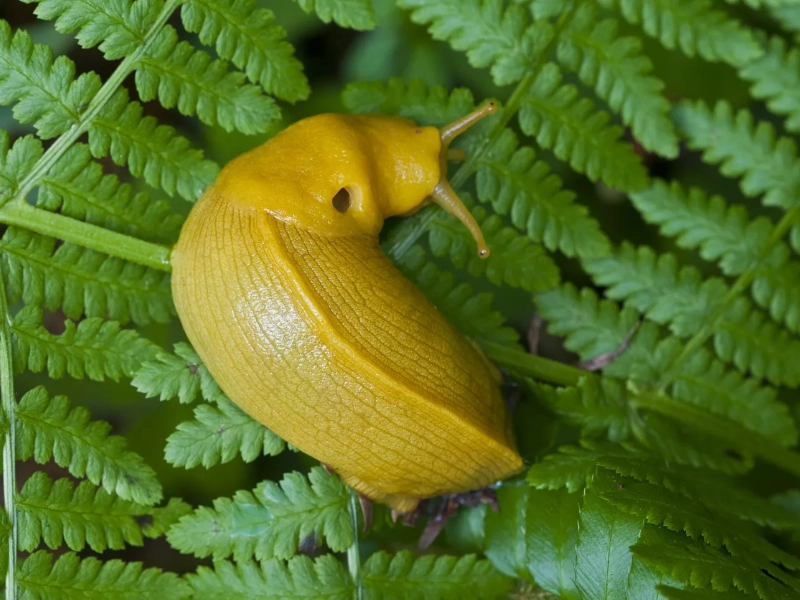Mind-Blowing Animals That Swap Sexes
5. Banana Slugs: Nature's Simultaneous Hermaphrodites

Among the most intriguing species in the realm of terrestrial molluscs are banana slugs, with their startling bright yellow hue and amazing length—up to 10 inches. Mostly found in the damp forests on the Pacific coast of North America, these worm-like creatures are not only aesthetically pleasing but also somewhat unusual scientifically. In the field of reproductive biology, banana slugs differ mostly in their classification as simultaneous hermaphrodites. Banana slugs have both male and female reproductive organs concurrently throughout their adult life unlike sequential hermaphrodites who change sex over time. This distinctive quality sets them in a particular group of species that contradict our current knowledge of sex and reproduction in the animal world.
Banana slugs' simultaneous hermaphroditism provides an amazing degree of reproductive adaptability. Every single slug has a complete set of both male and female reproductive organs, which lets them operate in either capacity when mating. Banana slugs have a major benefit in terms of reproductive possibilities thanks to their dual-sex capacity. The capacity to mate with any other adult banana slug they come across considerably boosts their chances of successful reproduction in a setting where their slow mobility and unique ecological requirements may make finding a mate difficult. For a species that is essential in its ecology as decomposers, thereby breaking down organic matter in forest floor, this adaptability is very important.
Although banana slugs can self-fertilize—a technique whereby one can create offspring without a mate—this is not their preferred mode of reproduction. A backup reproductive tactic, self-fertilization guarantees that a banana slug may create progeny even in the absence of a mate. Most banana slugs, however, show a great inclination for mating, a behaviour that supports genetic variety in their populations. Common among simultaneous hermaphrodites, this inclination for outcrossing—mating with another individual—overself-fertilization is thought to confer evolutionary benefits by lowering the accumulation of harmful genetic mutations and raising the general fitness of offspring.
Banana slugs' mating process is a natural wonder displaying the complexities of their hermaphroditic reproduction. Two banana slugs engage in a sophisticated wooing dance that results in an amazing act of reciprocal fertilisation when they choose to mate. Starting in circles, the slugs evaluate their possible mate by chemical and tactile signals. Once compatibility is developed, they side by side align their bodies and tightly embrace one another. This posture lets the two people exchange sperm in tandem. Every slug opens its male reproductive organ to move sperm to its mate and simultaneously gets sperm from them. This reciprocal interaction guarantees that members of the mating couple have chances to fertilise eggs and generate progeny. For these slow-moving organisms, the process of sperm exchange represents a major time and energy expenditure and can span several hours. After mating, every slug will deposit a clutch of fertilised eggs in a suitable site—usually damp soil or under rotting vegetation—where the young slugs will finally hatch and start their new life cycle.
Advertisement
You May Like

